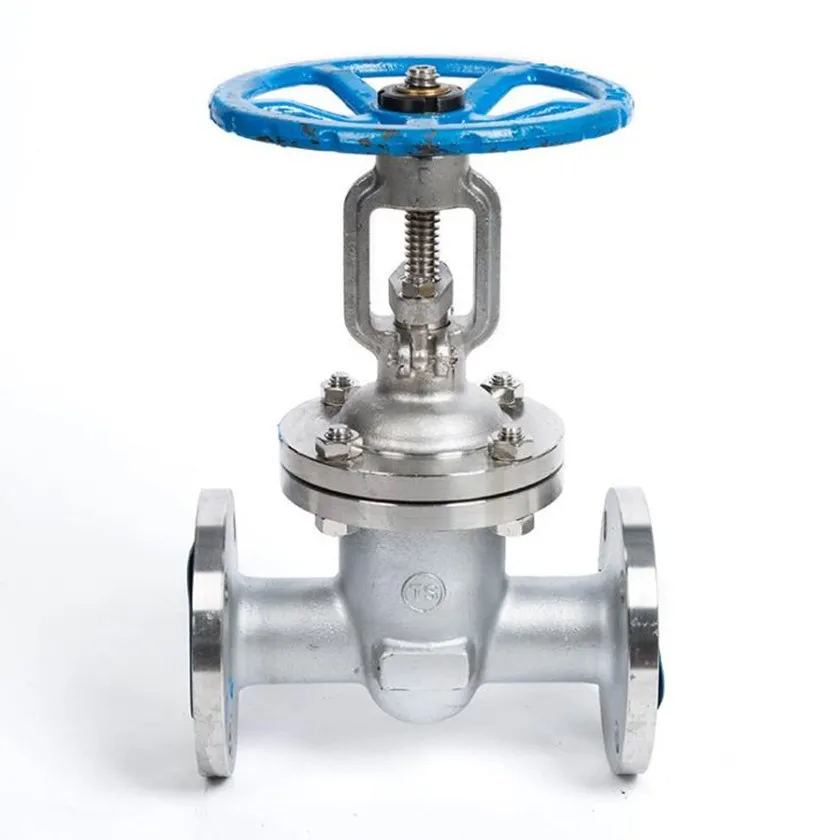solenoid valve direct acting
Understanding Direct Acting Solenoid Valves
In the realm of fluid control systems, solenoid valves play a pivotal role in managing the flow of liquids and gases. Among the various types of solenoid valves, direct acting solenoid valves stand out due to their operational simplicity and reliability. This article delves into the characteristics, advantages, and applications of direct acting solenoid valves.
What is a Direct Acting Solenoid Valve?
A direct acting solenoid valve operates by using the electromagnetic force generated by a solenoid coil to directly move the internal mechanism of the valve. When electrical current flows through the coil, it creates a magnetic field that pulls the plunger, allowing or blocking the flow of the fluid. This direct interaction eliminates the need for pilot pressure, making it suitable for low-pressure applications.
Key Features
1. Simple Construction The design of direct acting solenoid valves is straightforward. They typically consist of a solenoid coil, a plunger, and a spring. This simplicity translates into easier maintenance and repair.
2. Fast Response Time Direct acting solenoid valves are known for their quick activation and deactivation. This swift response is essential in applications where precise control over fluid flow is required.
3. Compact Size These valves tend to be smaller and lighter compared to their pilot-operated counterparts, making them ideal for applications with spatial constraints.
4. Versatile Fluid Compatibility Direct acting solenoid valves can be designed to handle a variety of fluids, including water, oil, and gases, depending on the materials used in their construction.
Advantages
- No Minimum Operating Pressure One of the most significant advantages of direct acting solenoid valves is that they do not require a minimum operating pressure to function
. This feature makes them suitable for low-pressure systems where pilot-operated valves may not perform effectively.solenoid valve direct acting

- Energy Efficiency Direct acting solenoid valves are typically designed to consume less electrical power, making them energy-efficient solutions in fluid control systems.
- Reliability With fewer moving parts than pilot-operated valves, direct acting solenoid valves tend to experience less wear and tear, leading to improved reliability and longevity.
Applications
Direct acting solenoid valves find utility in a broad spectrum of industries and applications. Some notable examples include
1. Water Control Systems These valves are commonly used in irrigation systems, water treatment facilities, and residential plumbing for controlling water flow.
2. Hydraulic Systems In hydraulic machines and equipment, direct acting solenoid valves facilitate the regulation of fluid flow, crucial for the system's operation.
3. HVAC Systems In heating, ventilation, and air conditioning systems, these valves are utilized for modulating the flow of refrigerants and ensuring proper indoor climate control.
4. Medical Equipment Direct acting solenoid valves are also used in various medical devices, such as infusion pumps and respiratory equipment, where precise fluid control is paramount.
Conclusion
In conclusion, direct acting solenoid valves are vital components in various fluid control systems due to their simplicity, fast response times, and reliability. Their ability to operate without a minimum pressure requirement makes them suitable for a diverse range of applications, from industrial to residential use. As industries continue to evolve, the demand for efficient and effective fluid control solutions will only increase, reinforcing the importance of direct acting solenoid valves in modern technology.
-
The Key to Fluid Control: Exploring the Advantages of Ball Valves in Industrial SystemsNewsJul.09,2025
-
The Versatile World of 1, 2, and 3 Piece Ball ValvesNewsJul.09,2025
-
Stainless Steel Ball Valves: The Ideal Choice for Efficient Flow ControlNewsJul.09,2025
-
Optimizing Fluid Control with Ball Float ValvesNewsJul.09,2025
-
Manual Gate Valves: Essential for Control and EfficiencyNewsJul.09,2025
-
Everything You Need to Know About Butterfly ValvesNewsJul.09,2025
-
The Versatility of Wafer Type Butterfly ValvesNewsJul.08,2025




